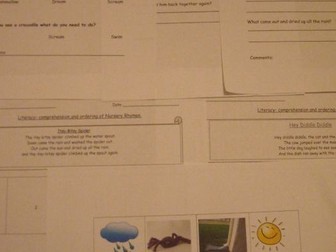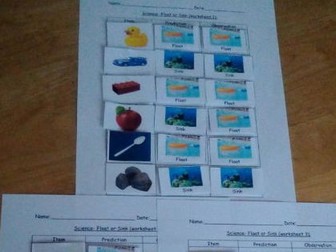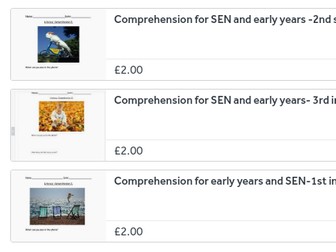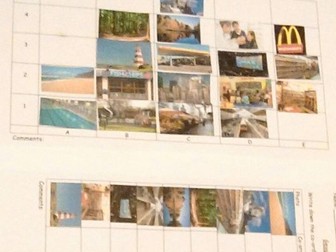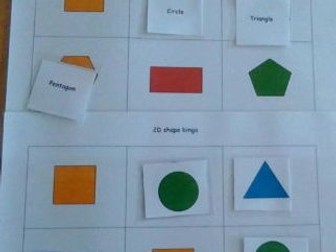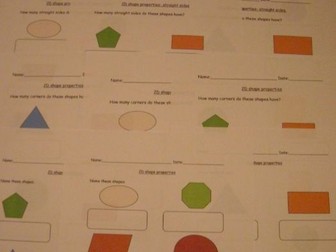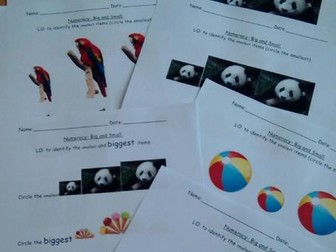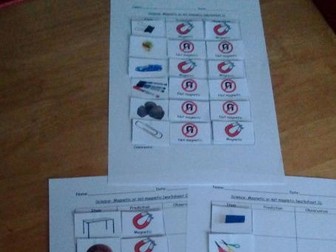Deforestation for SEN, Primary, Early Years
<p>Deforestation suitable for SEN, Primary, Early Years, Reception and Preschoolers. No prep required.<br />
Worksheets: what is deforestation? (students match pictures to before, during and after).<br />
why deforestation occurs (students cut and stick to show which are natural disasters and which are human causes of deforestation).<br />
where is deforestation happening (map showing where forests were, and what is left- students label named areas).<br />
how it happens (students cut and stick to show areas of deforestation caused by slash and burn or clear cutting).<br />
impact on different areas (students match terms and descriptions).<br />
reducing deforestation (students select from a choice, and are encouraged to come up with their own examples).<br />
Revision/ Test- contains a question from each area to check understanding and to revise the topic. Choice of answers for some questions, while others need a bullet point or sentence to be written (lower abilities may need a scribe for this).</p>

